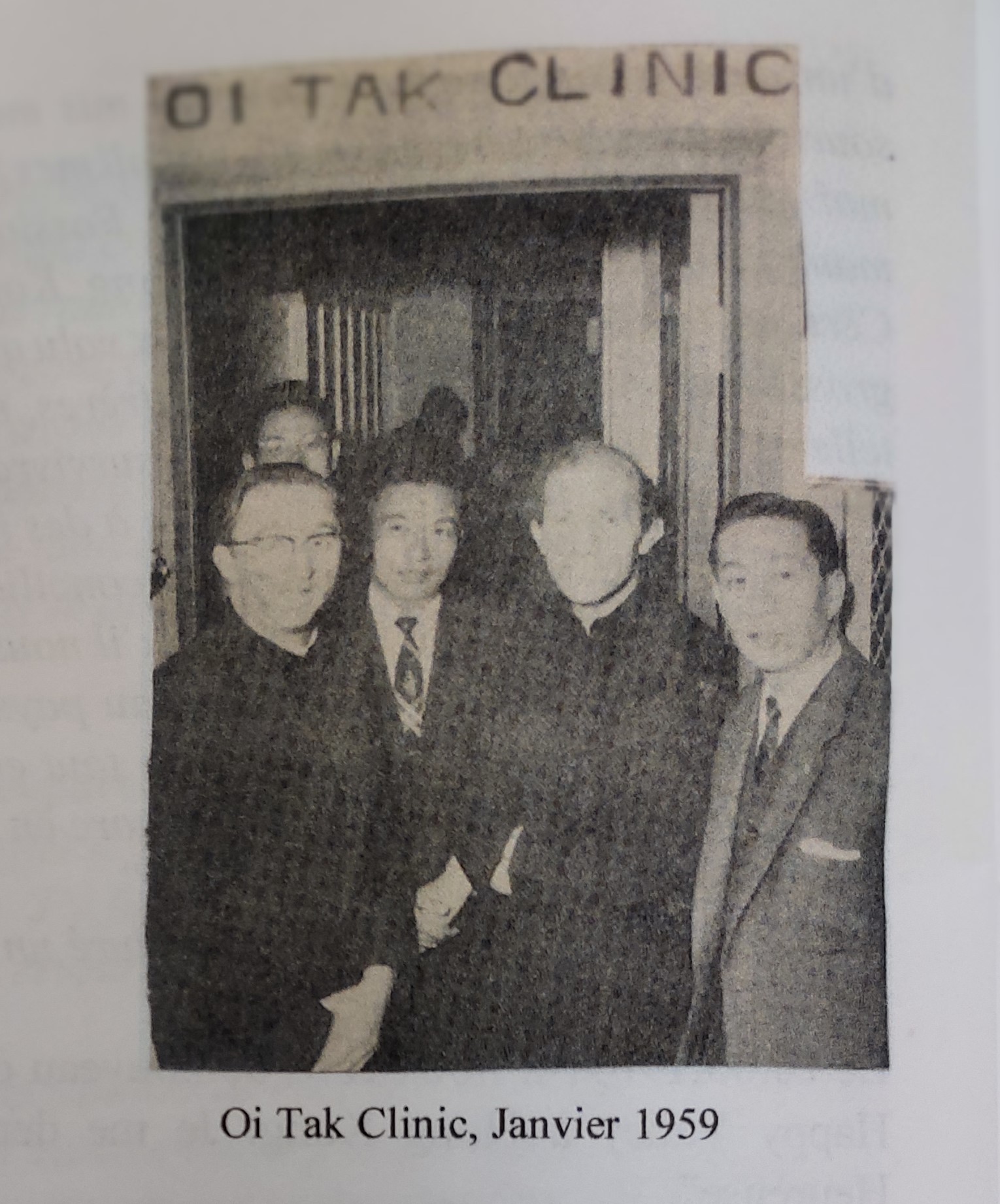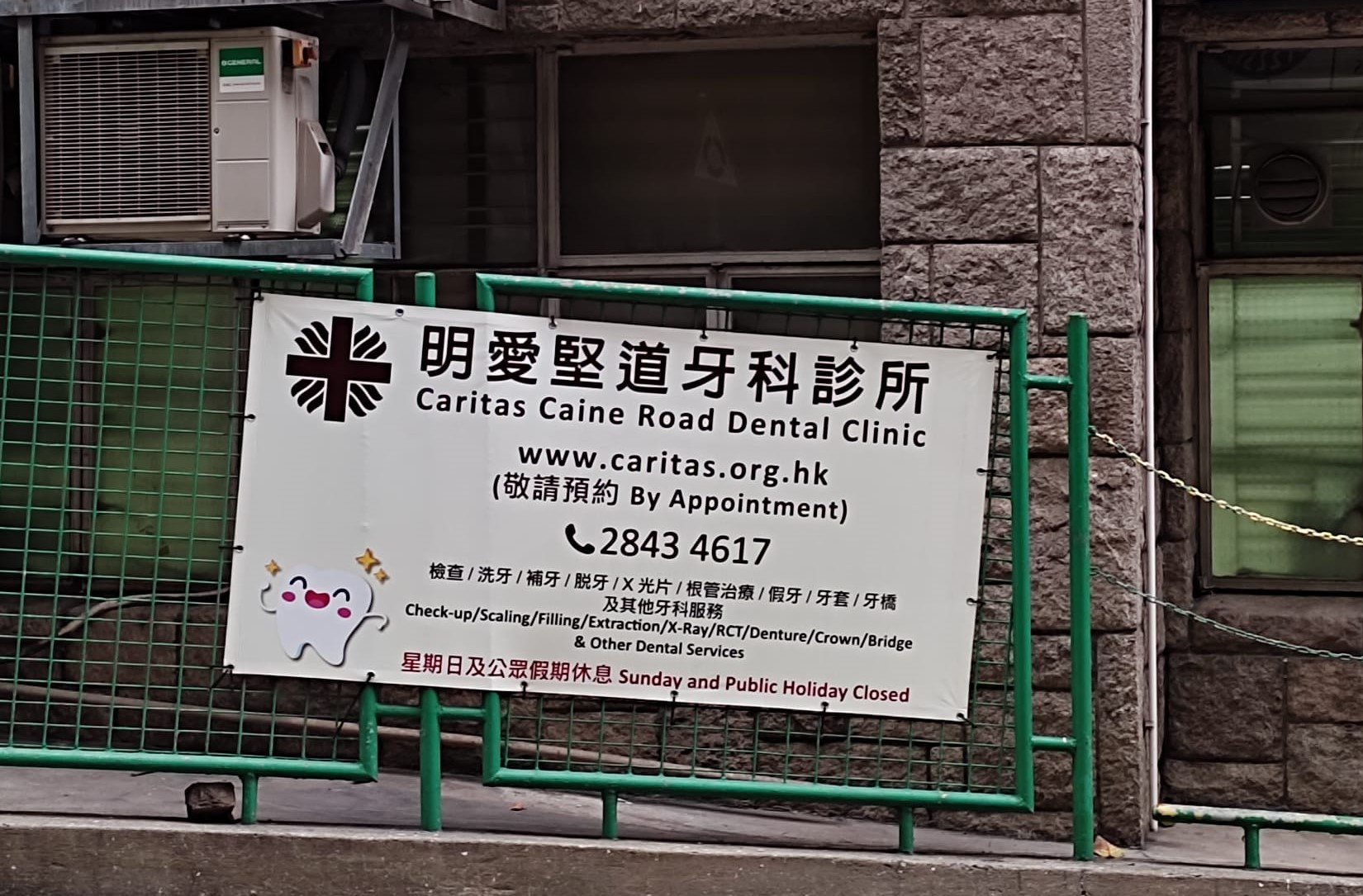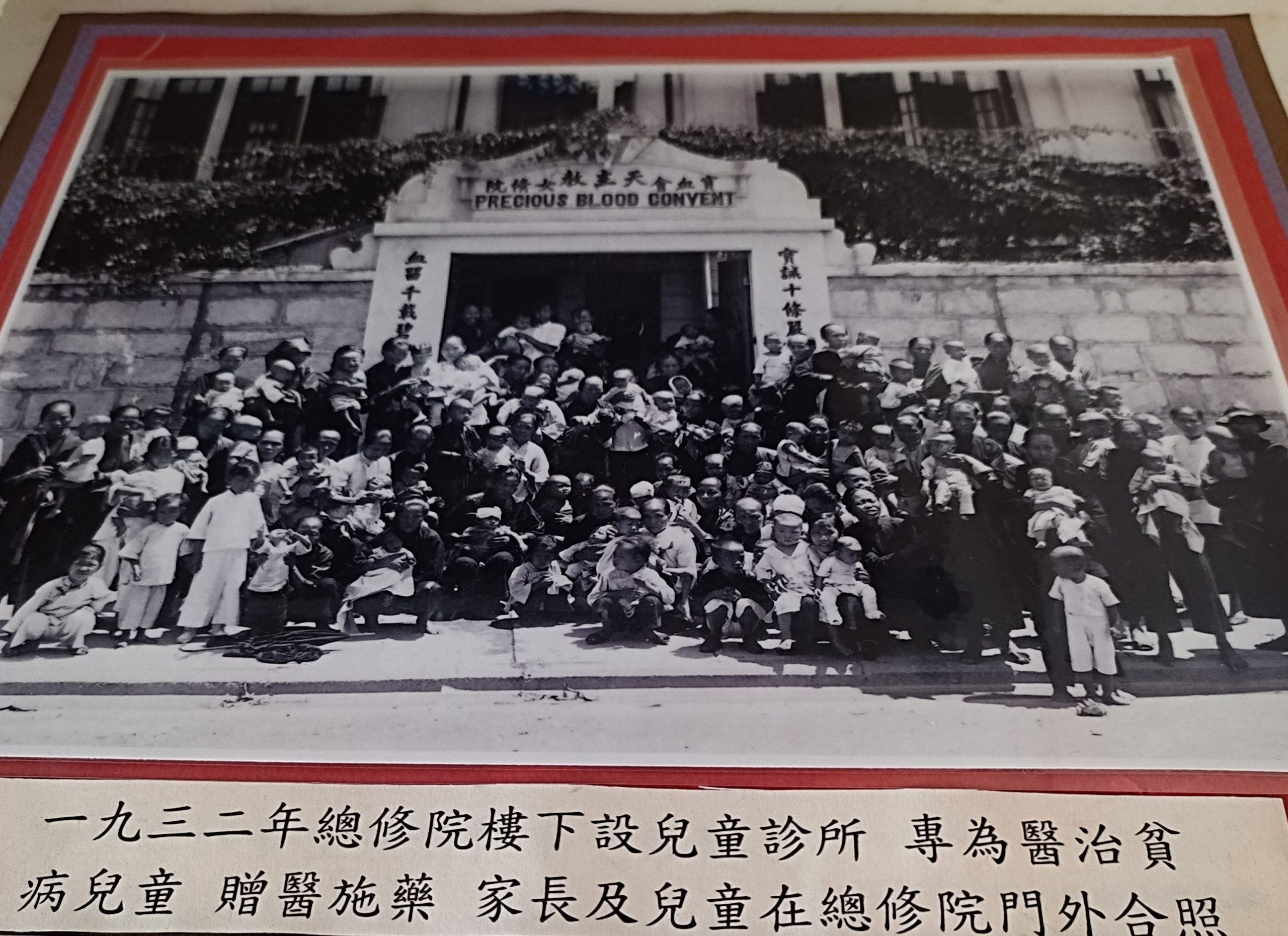Contact Us
Centre for Catholic Studies
Address: Room 220, Leung Kau Kui Building, The Chinese University of Hong Kong, Shatin, Hong Kong
Tel: (852) 3943 4277
Fax : (852) 3942 0995
Email: catholic@cuhk.edu.hk
Slide image: The Art Institute of Chicago.





